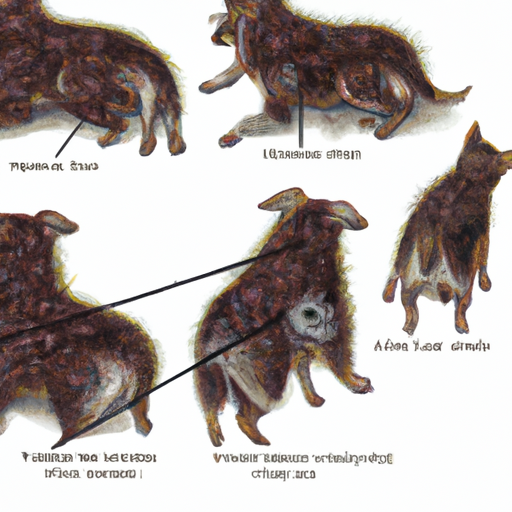As a caregiver for your beloved furry friend, you might often find yourself asking important health-related questions. One of the most common inquiries is: “what do tick bites look like on dogs?” In this article, we’ll delve into this topic in detail, providing you with the knowledge and understanding you need to ensure the well-being of your pet.
H2: Understanding Ticks and their Behavior
Ticks are small, parasitic arachnids that latch onto your dog’s skin, sucking their blood and potentially transmitting diseases. They are most active during warmer months and thrive in grassy, wooded areas.
- Tick Life Cycle: Ticks have four life stages – egg, larva, nymph, and adult. Each stage requires a blood meal for the tick to progress to the next.
- Tick Habitats: Ticks often reside in tall grass or brush, where they can easily latch onto passing animals or humans.
- Ticks and Disease: Ticks can carry various diseases such as Lyme disease and Rocky Mountain spotted fever, which they can transmit to their hosts.
H2: Recognizing Tick Bites on Your Dog
Tick bites can be hard to recognize, especially on a furry dog. Here’s what you should look out for:
- Location: Ticks favor warm, protected areas. Check your dog’s ears, groin, under the legs, and between the toes.
- Appearance: A tick bite may appear as a small red bump, similar to a mosquito bite. The tick itself can be seen if it’s still attached to your dog’s skin.
- Behavior Changes: Your dog may start scratching, licking, or biting the area of the tick bite.
H2: How to Safely Remove a Tick from Your Dog
If you find a tick on your dog, it’s crucial to remove it as soon as possible to minimize the risk of disease transmission. Here are the steps you should follow:
- Preparation: Put on gloves to protect yourself and have a container filled with rubbing alcohol ready to dispose of the tick.
- Tick Removal: Use a pair of tweezers to grasp the tick as close to your dog’s skin as possible, and gently pull upward without twisting.
- Aftercare: Clean the bite area with soap and warm water, then apply an antibiotic ointment.
H2: Preventing Future Tick Bites
Prevention is always better than cure. Here are some strategies to protect your dog from future tick bites:
- Tick Collars: These contain a pesticide that kills ticks on contact.
- Topical Treatments: These are applied to your dog’s back and kill ticks that latch onto your dog.
- Oral Medications: These kill ticks that bite your dog.
| Type | Effectiveness | Duration |
|---|---|---|
| Tick Collars | High | Several Months |
| Topical Treatments | High | 1 Month |
| Oral Medications | High | 1 Month |
H2: Frequently Asked Questions (FAQs)
Q: How soon after a tick bite can a dog show signs of disease?
A: It can take a few days to a few weeks for symptoms to appear.
Q: Can I catch a disease from a tick on my dog?
A: Yes, if a tick bites you after biting your dog, it can transmit diseases.
Q: Are certain dog breeds more susceptible to tick bites?
A: No, all dogs are equally susceptible to tick bites.
Remember, your vigilance as a caregiver is key to keeping your dog safe from ticks. Regular checks and preventative measures can go a long way in ensuring your dog’s health and happiness.



